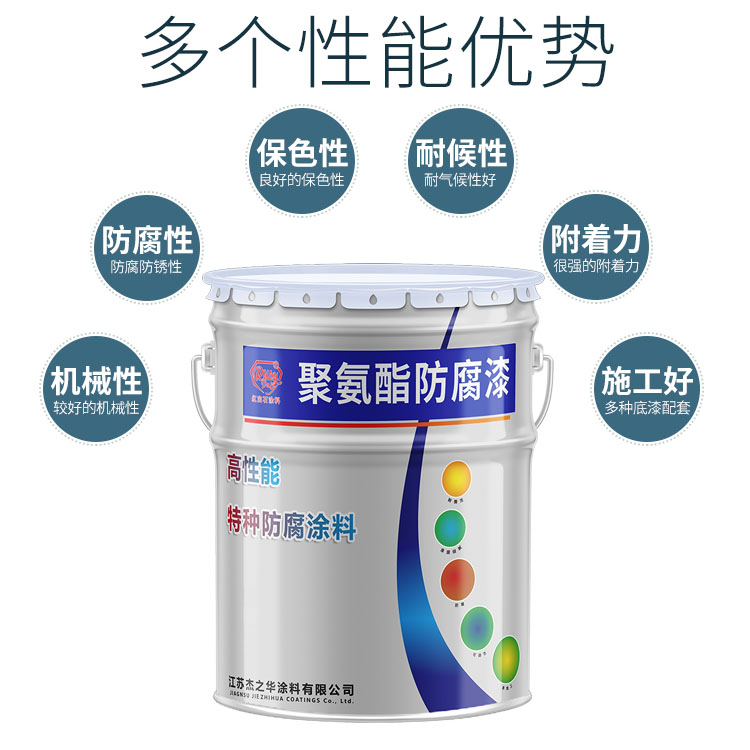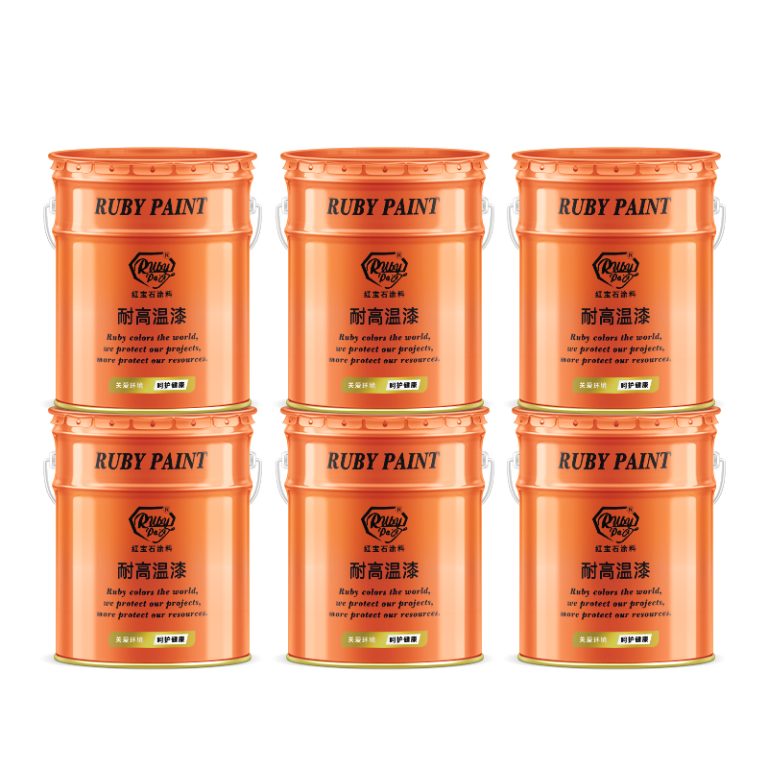Table of Contents
Benefits And Applications Of Zirconia In Dentistry
Zirconia, also known as zirconium dioxide, has emerged as a highly sought-after material in the field of dentistry due to its remarkable properties and wide range of applications. This ceramic material is known for its exceptional strength, durability, and aesthetic appeal, making it an ideal choice for dental restorations.

One of the primary benefits of zirconia in dentistry is its biocompatibility. Unlike some other dental materials, zirconia is well-tolerated by the human body, reducing the risk of allergic reactions or adverse responses. This makes it a safe option for patients, ensuring that dental restorations do not compromise their overall health.
Furthermore, zirconia boasts impressive strength and fracture toughness, which are crucial for the longevity of dental restorations. These properties enable zirconia-based restorations to withstand the forces of chewing and biting, reducing the likelihood of breakage or damage. As a result, patients can enjoy long-lasting restorations that maintain their functionality and appearance over time.
In addition to its strength, zirconia is also celebrated for its aesthetic qualities. The material can be color-matched to the natural shade of a patient’s teeth, providing a seamless and natural-looking result. This is particularly important in visible areas of the mouth, where the appearance of dental restorations can significantly impact a person’s confidence and self-esteem.
The translucency of zirconia also plays a vital role in its aesthetic appeal. Unlike some opaque materials, zirconia allows light to pass through, mimicking the natural translucency of tooth enamel. This characteristic helps zirconia restorations blend in with surrounding teeth, enhancing the overall visual harmony of a patient’s smile.
Zirconia’s versatility extends to various types of dental restorations. It is commonly used in the fabrication of crowns, bridges, veneers, and implant abutments. Each of these applications benefits from zirconia’s unique combination of strength, biocompatibility, and aesthetics.
For instance, zirconia crowns are a popular choice for restoring damaged or decayed teeth. They provide a durable and visually appealing solution that can last for many years with proper care. Similarly, zirconia bridges offer a reliable way to replace missing teeth, restoring both function and appearance to a patient’s dentition.
| Serial Nr. | Product Name |
| 1 | Epoxy Zinc rich paint |
Zirconia veneers are another application where this material excels. These thin shells are bonded to the front surfaces of teeth, concealing imperfections such as chips, stains, or minor misalignments. The strength and natural appearance of zirconia make it an excellent material for veneers, ensuring that patients achieve the desired aesthetic outcomes.
| No. | Products |
| 1 | Industrial paint |
Lastly, zirconia is also used in the fabrication of implant abutments, which are the connecting pieces between dental implants and the final restorations. The strength and biocompatibility of zirconia make it an ideal choice for this critical component, contributing to the overall success and longevity of dental implants.
In conclusion, zirconia has become a cornerstone material in modern dentistry due to its numerous benefits and wide range of applications. Its combination of strength, biocompatibility, and aesthetic appeal make it a preferred choice for various dental restorations, helping patients achieve both functional and visually pleasing results. As dental technology continues to advance, the role of zirconia in enhancing oral health and aesthetics is expected to grow, solidifying its position as a valuable asset in the field of dentistry.
Comparison Of Zirconia And Other Ceramic Materials In Jewelry Making
Zirconia, also known as cubic zirconia, is a synthetic gemstone that has gained popularity in the jewelry industry due to its striking resemblance to diamonds. It is a crystalline form of zirconium dioxide and is often used as an affordable alternative to diamonds. However, zirconia is not the only ceramic material used in jewelry making. Other ceramics such as porcelain, alumina, and silicon carbide also find applications in this field. Each of these materials has unique properties that make them suitable for different types of jewelry.
Zirconia stands out among other ceramics due to its exceptional optical properties. It has a high refractive index and strong dispersion, which give it a brilliant sparkle similar to that of a diamond. This makes zirconia an attractive choice for engagement rings, earrings, and other pieces where a diamond-like appearance is desired. Additionally, zirconia is available in a variety of colors, which are achieved by adding different metal oxides during the manufacturing process. This versatility allows jewelry designers to create pieces that cater to diverse tastes and preferences.
In contrast, porcelain, another popular ceramic material in jewelry making, offers a different aesthetic. Porcelain is known for its smooth, glossy finish and can be glazed in a wide range of colors. It is often used in statement pieces such as brooches, pendants, and large earrings. Porcelain jewelry is typically more delicate than zirconia jewelry and requires careful handling to prevent chipping or cracking. However, its unique texture and appearance make it a favored choice for artisanal and bespoke jewelry pieces.
Alumina, or aluminum oxide, is yet another ceramic material used in jewelry. It is prized for its hardness and resistance to wear and tear, making it suitable for everyday jewelry that needs to withstand constant use. Alumina can be polished to a high shine, and its translucency can be enhanced through various treatments. This material is often used in watchmaking for components such as bezels and dials, where durability is paramount.
Silicon carbide, also known as moissanite, is a relatively recent addition to the world of jewelry ceramics. Like zirconia, it is an excellent diamond substitute due to its high refractive index and brilliant luster. Moissanite is also incredibly hard, ranking just below diamond on the Mohs scale of mineral hardness. This makes it highly resistant to scratching and ideal for engagement rings and other high-wear jewelry. Moissanite is typically more expensive than zirconia but less costly than diamonds, offering a mid-range option for consumers seeking a balance between quality and affordability.
In conclusion, while zirconia is a popular choice for its diamond-like qualities, other ceramic materials such as porcelain, alumina, and silicon carbide also play significant roles in jewelry making. Each material offers distinct advantages and caters to different aesthetic and functional requirements. Whether seeking the sparkle of zirconia, the artistic appeal of porcelain, the durability of alumina, or the brilliance of silicon carbide, consumers have a variety of options to choose from. As the demand for diverse and innovative jewelry continues to grow, the use of these ceramic materials is likely to expand, further enriching the world of jewelry design.






